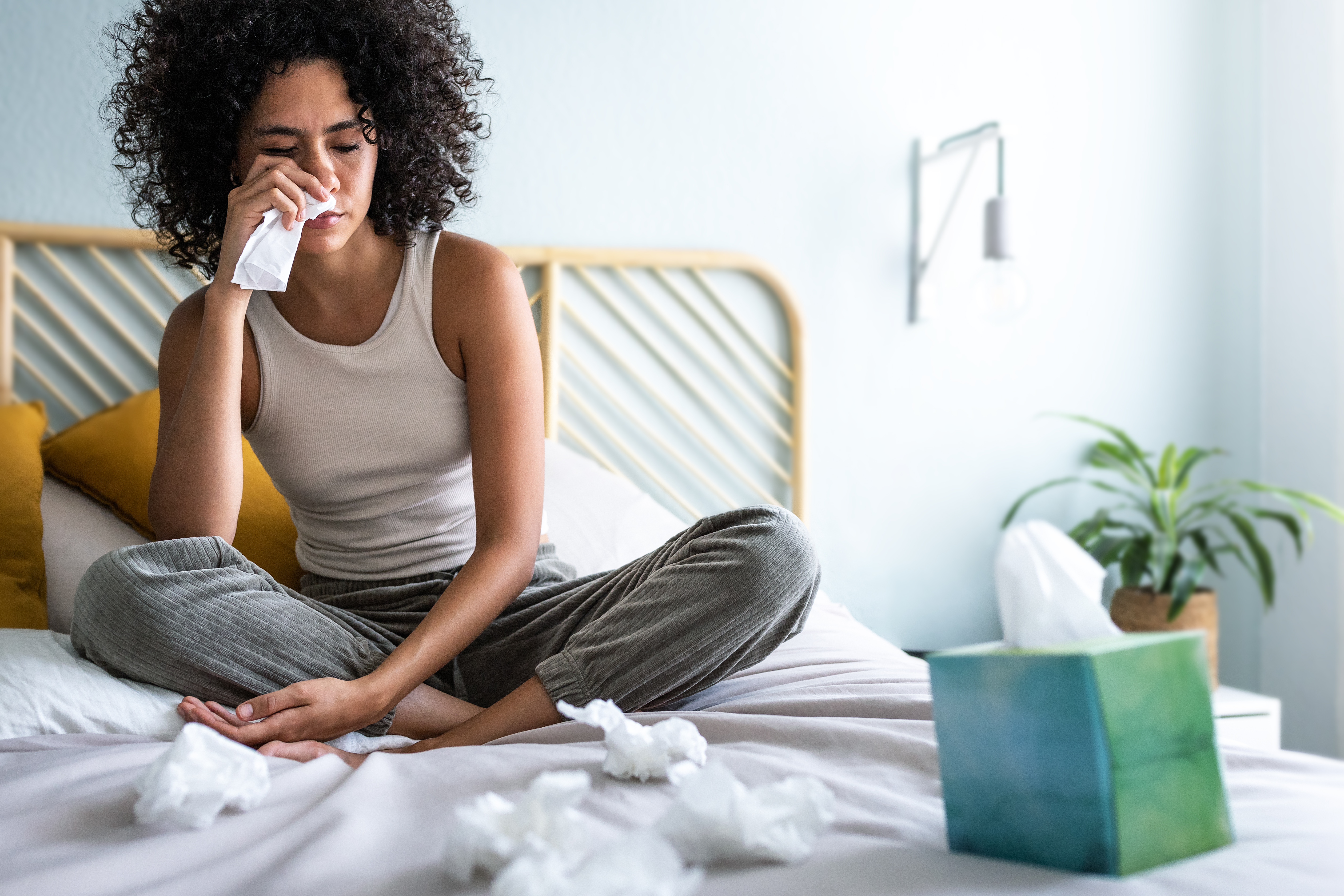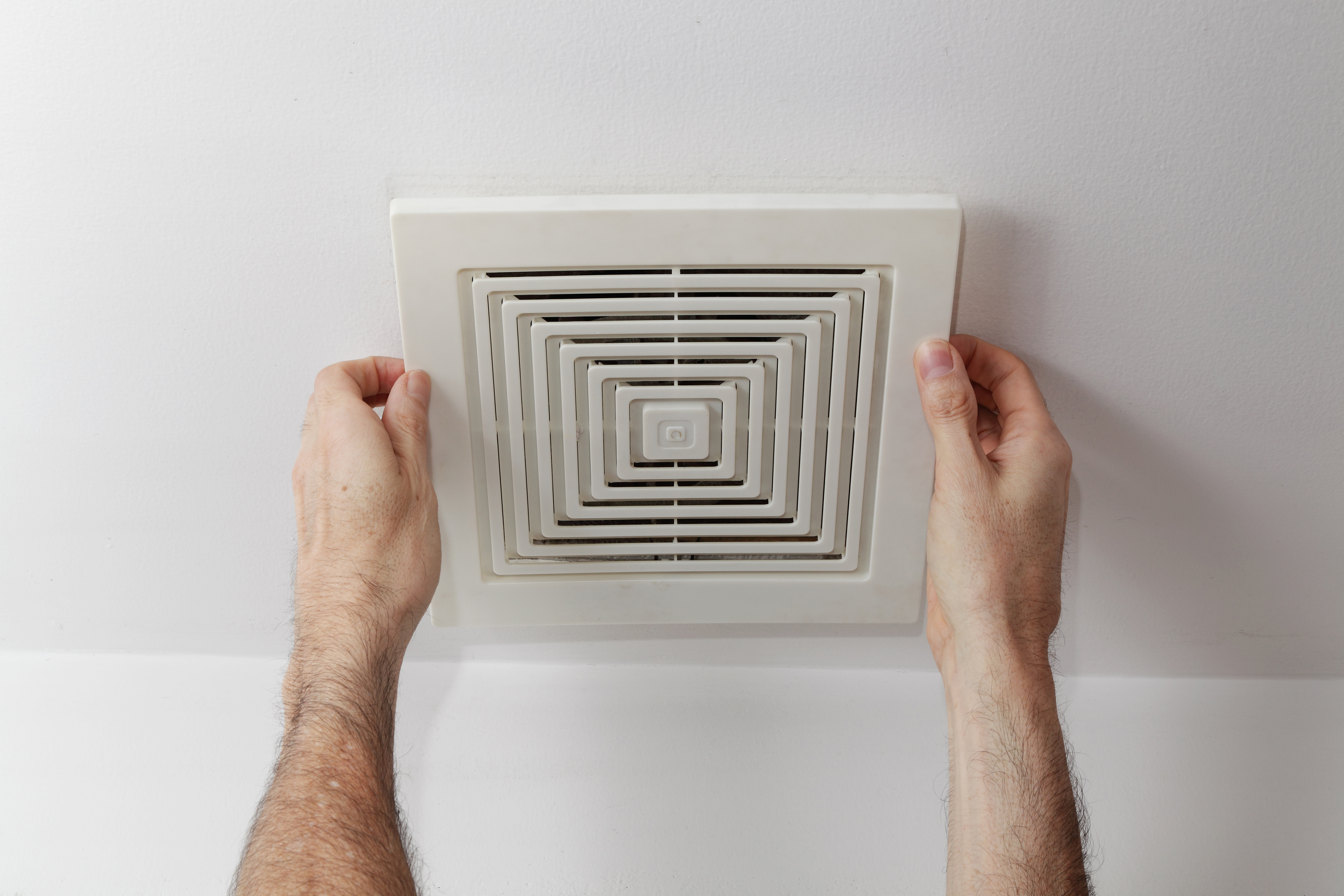Most people think of moisture in their home only when there is standing water, but there's more to consider than just the impact of heavy rain. As this article explains, humidity — both too much and not enough — is an important factor in keeping your home comfortable. If you want to improve the humidity level in your home, Panasonic indoor air quality experts can help find the right solutions for you.
Humidity refers to the amount of moisture or water in the air. Indoor humidity fluctuates depending on the room, activities, and the season. For example, humidity tends to be lower during dry winters because cold air carries less moisture. Maintaining the appropriate indoor humidity is beneficial for both your health and the structural integrity of your home. It can also improve sleep quality and your overall comfort. Learn from experts how to measure humidity, detect signs of low and high indoor humidity, and maintain the ideal humidity level in the house.
Measuring the Humidity Levels in Your House
According to the Environmental Protection Agency, the optimal indoor humidity is 30% to 50%. Other studies suggest 40% to 60% as the optimal range. However, exceeding 60% can lead to issues such as mold growth and respiratory problems.
A hygrometer is the most reliable way to measure indoor humidity. This simple device accurately measures the amount of water vapor in the air. The number the hygrometer displays is the relative humidity – the percentage of vapor in the air compared to the air's maximum capacity. Analog and digital hygrometers are readily available at local home improvement stores or online retailers. Place a hygrometer in different areas of your home to monitor humidity levels and make necessary adjustments to maintain optimal indoor air quality.
Signs Your Home's Humidity Is High
Excessive allergies and asthma, as well as mold and dust mites, can be signs that the humidity level inside your home is too high. Also, if you notice condensation on windows or walls, the indoor humidity is likely too high.
“The ideal indoor humidity level for comfort and health is between 30% and 50%. Within this range, the air is comfortable for most people and minimizes the risk of mold growth and other humidity-related problems,” says Josh Mitchell, HVAC technician and owner of AirConditionerLab. “High humidity can promote mold growth, cause discomfort, and even damage your home’s structure and contents.”
Signs Your Home's Humidity Is Low
Signs of low indoor humidity are equally uncomfortable. “For homes with low humidity, homeowners often experience dry noses and are at a higher risk of getting sick more often. In their homes, wood will crack more easily and they may experience a lot of static,” says Kevin Eddingfield, a top Thumbtack Pro Advisor.
Suboptimal humidity levels in your home could be causing frequent colds, nosebleeds, and poor sleep hygiene. “Low humidity can cause dry skin, irritate respiratory tracts, and lead to static electricity. Dealing with homes and businesses across New York and New Jersey, I've witnessed how extremes in humidity can also cause wood to warp, paint to peel, and energy costs to increase due to the HVAC system overworking,” says Jake Herman, founder of Spray Foam Insulation USA.
Maintaining Home Humidity Levels
Use humidifiers and dehumidifiers with a humidistat that controls humidity levels in your home to maintain a healthy level. “Based on the readings from your hygrometer, use humidifiers to add moisture to the air if it's dry or dehumidifiers to remove moisture if it's too humid,” Mitchell advises.
A humidistat controls the humidity levels, while a hygrometer measures and monitors humidity levels. When the humidity level deviates from the set point, the humidistat triggers the humidifier or dehumidifier to activate or deactivate accordingly. Herman says that simple changes, such as using a dehumidifier during humid months or a humidifier in dry conditions, can make a significant difference.
Use exhaust fans in areas like kitchens and bathrooms. Install proper insulation to help maintain optimal humidity levels in an energy-efficient way. “Ensure your air conditioning unit is properly serviced, as it naturally removes moisture from the air as part of the cooling process,” Mitchell says.
More Home Humidity Solutions
By understanding what causes the humidity imbalance in your home, you can recognize signs of both low and high indoor humidity and implement steps to mitigate the problem. Sometimes, buying a humidifier or dehumidifier doesn't solve the problem for various reasons.
- People don’t always buy the correct-sized humidifier or dehumidifier for their space.
- For signs of low or high humidity in only one room, opening windows or installing a vent could do the trick. However, if the humidity levels are off throughout your home, you might need a whole-house humidifier or a fix to your entire HVAC system.
- Blocked or poorly maintained ductwork in an HVAC unit can affect humidity levels. Ensure proper maintenance and prompt replacement of these major home systems to avoid the problem growing worse over time.
This article was written by Nafeesah Allen from Better Homes and Gardens and was legally licensed through the DiveMarketplace by Industry Dive. Please direct all licensing questions to legal@industrydive.com.





